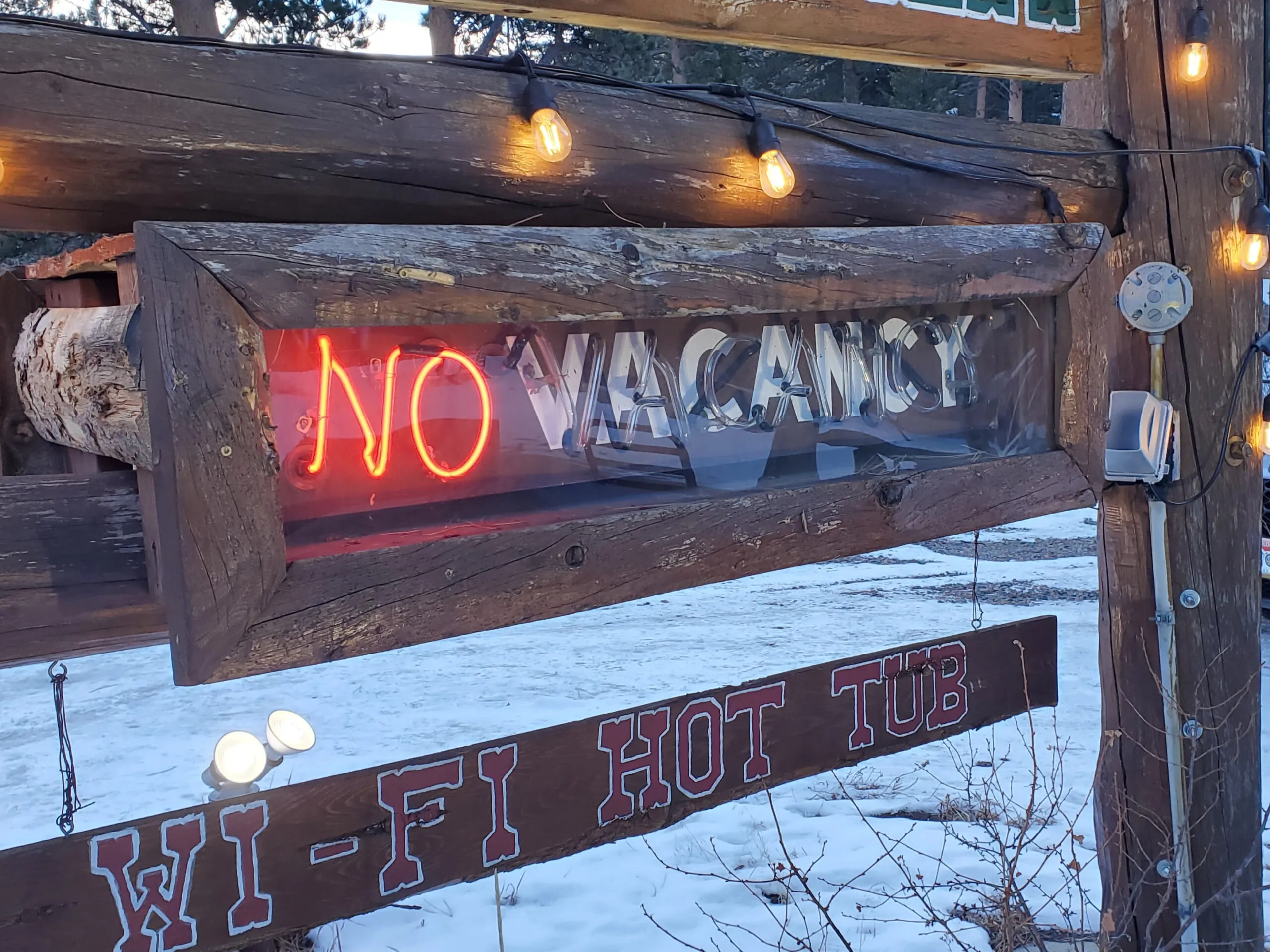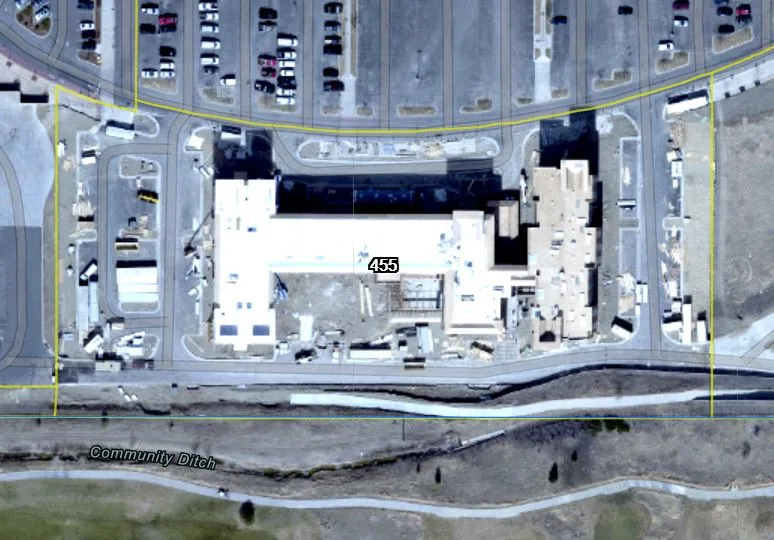High country rising from a fiery fall

For Northern Colorado and the Boulder Valley, 2020 will be a year burned into our memory.
Literally.
Four late-season wildfires, including two that would set records, ravaged the high country. Embers of two of them still were smoldering as Thanksgiving approached.
SPONSORED CONTENT
At their height, the wildland blazes caused smoke and ash to blanket cities along the northern Front Range urban corridor — but the economic fallout still is being assessed.
The Cameron Creek fire ignited Aug. 13 in rugged and heavily timbered national forest land near Cameron Pass and Chambers Lake, in far northwestern Larimer County, but by October had spread south to the doorsteps of Fort Collins and Loveland. By Nov. 20, it had consumed 208,913 acres, making it the largest wildfire in Colorado history and had damaged or destroyed 469 structures.
The East Troublesome fire began Oct. 14 northeast of Kremmling in Grand County, and within three days it had spread to more than 10,000 acres, fueled by high winds and low humidity. It exploded between Oct. 20 and Oct. 23, growing from 18,550 to 187,964 acres, threatening the towns of Grand Lake and Granby, then jumping the Continental Divide in Rocky Mountain National Park and, incredibly, forcing the evacuation of Estes Park. A winter storm Oct. 24-25, coupled with a heroic stand by firefighters in the park, saved Estes Park, but a total of at least 366 residences and 214 outbuildings and commercial structures were destroyed or damaged in the 193,000-acre blaze — including several historic buildings in the national park — and two people in Grand County were killed.
The Cal-Wood fire was sparked Oct. 17 in the foothills between Boulder and Lyons, providing a startling nighttime view to the west for Longmont residents. By the time it was contained on Nov. 14, it had scorched 10,106 acres, making it the largest wildfire in Boulder County history. It destroyed or damaged 25 structures including a few high-end homes.
The Lefthand fire started Oct. 18 about a mile west of Ward in upper Lefthand Canyon and was contained four days later.
The Estes Valley was threatened on three sides — by the East Troublesome fire from the southwest, the Cameron Creek fire from the northeast and the Cal-Wood fire from the southeast. The resilient tourist town that in 2013 survived a late-season deluge and then a government shutdown that closed the national park endured another one-two punch this year; the fires came just as restrictions related to the COVID-19 pandemic were being at least temporarily lifted.
“It was working. Our numbers weren’t equitable year over year, but they were close,” said Visit Estes Park spokeswoman Rachel Oppermann. “And then the fires hit, and kind of knocked us out of our stride.”
Adam Shake, executive director of the Estes Park Economic Development Corp., said the EDC sent a survey out to nearly 700 businesses about how the fires had affected them and got 88 replies back. The basic conclusion, he said, was that “83% of businesses suffered some sort of economic impact because of the fires. Of those, most of the economic impact was in the $10,000 to $15,000 range as far as lost revenue. A bunch of them lost less than $5,000.”
Oppermann, as a member of the Allenspark fire department, which offered mutual aid to the Estes Park Fire Protection District at 1 a.m. Oct. 24, faced the threat up close and personally.
“Being surrounded by three fires in Allenspark and Estes Park was very stressful. I was very concerned about what would happen because I didn’t know where it was going to come from,” she said. “We were told to expect to lose the YMCA, which broke my heart.”
The YMCA of the Rockies’ Estes Park Center, a sprawling complex of log cabins and wooden lodges on largely forested land just across Glacier Creek from the park boundary, would have been one of the first targets had the East Troublesome fire not been held back on the west side of Bear Lake Road in the Moraine Park area of the national park.
“It was overwhelming and terrifying and emotional,” she said, “but we all got out and did what we could to protect Estes Park.”
Recovery in Northern Colorado’s fire-stricken areas will take time — for the land as well as the economy. But help is on the way.
For instance, the Colorado Association of Realtors’ CAR Foundation was awarded a $100,000 grant from the National Association of Realtors’ Realtor Relief Foundation to help individuals and families affected by the fires in Larimer, Boulder and Grand counties. Qualified applicants can receive up to $1,000 to be used exclusively for a monthly mortgage expense on a primary residence or rental housing cost due to displacement in a fire area.
United Way of Larimer County has launched a Cameron Peak Fire Response Fund, the American Red Cross of Northern Colorado is sheltering displaced residents while area humane societies shelter animals, and Elevations Credit Union committed to match up to $100,000 in donations to its own wildfire relief fund.
The Colorado Department of Revenue announced in late October that it would offer relief on state-collected taxes to businesses that have been affected by the fires.
With the east side of the national park mostly reopened, Visit Estes Park is touting safe activities that can be enjoyed in the area to try to salvage the year, even though indoor dining again was restricted in late November because of soaring coronavirus infection rates.
“We’re really trying to emphasize that, while we’re in recovery, people can still come up and go hiking in those outlying areas,” Oppermann said, “but above that, there’s still great things to do in Estes Park. We have a strong downtown corridor that provides all types of shopping experiences. We have a lot of art galleries and studios. We have four breweries, one winery and one distillery, so people can create their own craft-beverage tour. There are a lot of options to really augment and complement a trip to Estes now when there’s limited access.”
Added Estes Chamber of Commerce president Donna Carlson, “We really need to recover that lost revenue.”
For the surrounding fire-ravaged forests, the challenge is to protect the watershed that serves residents, industries and agriculture at lower elevations.
Without vegetation to hold in the moisture from rain and melting snow, water moves rapidly downslope, triggering erosion that could trigger landslides and flash floods and capturing sediment that can cause expensive problems for water-treatment plants below.
On Nov. 10, the Colorado State Forest Service published its latest Forest Action Plan, which noted that about 10% of the approximately 24 million acres of forest in the state are in dire need of work to address wildfire risk, forest health and threats to water supplies — projects that carry a $4.2 billion price tag.
“We in no way expect to do that in any short term period,” said CSFS director Mike Lester.
“While it may be years for communities to fully recover from the impact of these fires, it has been heartening to see the support that has sprung up to support the people affected by these disasters,” wrote Estee Rivera Murdoch, executive director of the Rocky Mountain Conservancy, in the nonprofit’s autumn newsletter. “I’m beginning to truly understand the sentiment behind the phrase ‘Mountain Strong.’”
For Northern Colorado and the Boulder Valley, 2020 will be a year burned into our memory.
Literally.
Four late-season wildfires, including two that would set records, ravaged the high country. Embers of two of them still were smoldering as Thanksgiving approached.
At their height, the wildland blazes caused smoke and ash to blanket cities along the northern Front Range urban corridor — but the economic fallout still is being assessed.
The Cameron Creek fire ignited Aug. 13 in rugged and heavily timbered national forest land near Cameron Pass and Chambers Lake, in far northwestern…





